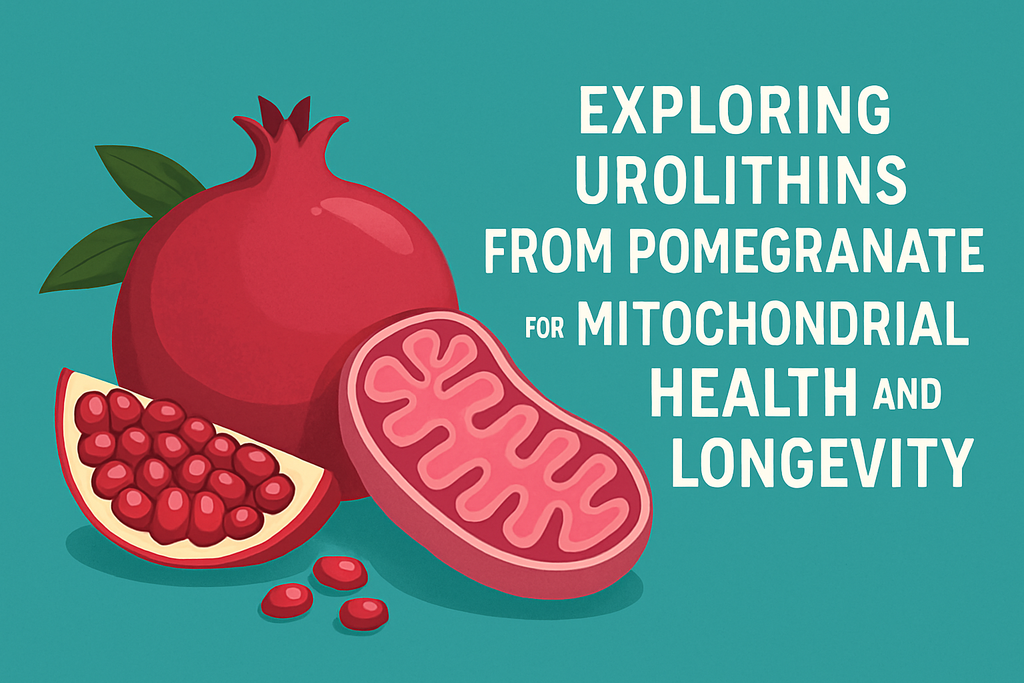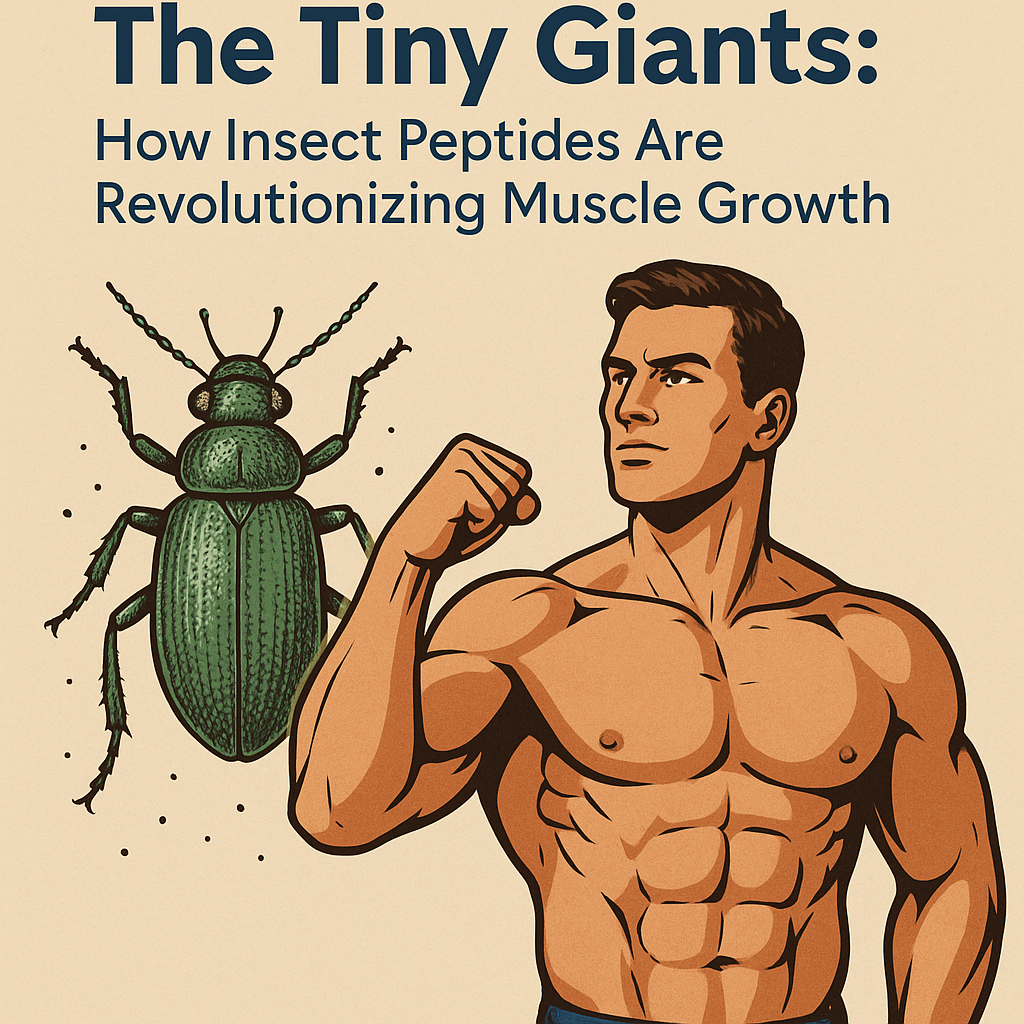News
The Future of Fear: How Virtual Reality is Transforming PTSD and Phobia Treatment
acrophobia treatment anxiety disorders combat PTSD digital therapy fear exposure fear of flying future of mental health immersive therapy mental health technology neuroscience phobia treatment PTSD treatment social anxiety VR trauma recovery virtual reality therapy virtual therapy VR exposure therapy VR for anxiety VR healing VR mental health
Fear is a natural human response—one that has kept our species alive for millennia. But when fear becomes chronic, paralyzing, or irrational, it can deeply impair daily life. Post-Traumatic Stress Disorder (PTSD) and phobias are among the most debilitating manifestations of fear, affecting millions worldwide. Traditional treatments such as cognitive behavioral therapy and medication offer relief for some, but many continue to suffer in silence or relapse after treatment ends.
Enter virtual reality (VR): a technology once reserved for gaming and entertainment, now reshaping the landscape of mental health treatment. Through immersive, controlled environments, VR therapy allows individuals to confront and process their fears in a safe and structured way. From reliving traumatic combat scenarios to standing atop a virtual skyscraper, VR is offering new hope to those battling PTSD and phobias. Could this be the future of fear management? Let’s explore how the merging of psychology and technology is opening unprecedented doors for emotional healing.
Urolithins from Pomegranate: Boosting Mitochondrial Health and Longevity
anti-aging supplements cellular energy ellagitannins energy metabolism fisetin supplement gut microbiome healthy aging longevity mitochondrial biogenesis mitochondrial health mitochondrial support mitophagy muscle performance natural anti-aging oxidative stress pomegranate metabolites postbiotics PQQ supplement urolithin A urolithin benefits
In the search for graceful aging and vibrant cellular energy, mitochondria—the tiny powerhouses of our cells—have become a focal point of cutting-edge health science. When these energy engines falter, so does our vitality. But what if a natural compound found in a common fruit could spark mitochondrial renewal and extend the lifespan of our cells? Enter urolithins, postbiotic metabolites derived from pomegranates that are quickly gaining a reputation as game-changers for mitochondrial health and longevity.
Urolithins, especially Urolithin A, are not present in pomegranate juice itself. Instead, they’re produced by gut bacteria when ellagitannins—polyphenols found in pomegranates—are metabolized. These molecules have been shown to stimulate mitophagy (the selective recycling of damaged mitochondria), reduce inflammation, and improve muscle function in both animal models and human trials. In a world where fatigue, cognitive decline, and aging-related conditions are increasingly common, urolithins may hold a juicy secret to a longer, more energized life.
Plyometric Exercises for ACL Rehab: Why Water Is Your Best Ally
ACL exercise progression ACL recovery ACL rehab ACL surgery rehab aquatic therapy dynamic stability hydrotherapy injury prevention joint protection jump training knee injury rehabilitation low-impact training physical therapy plyometric training pool workouts post-op recovery proprioception rehab exercises sports injury water plyometrics
Recovering from an ACL injury can be a long, challenging road—especially when it comes to regaining power, balance, and confidence in your movements. Plyometric exercises, known for their explosive, jump-based motions, are crucial for restoring the dynamic stability needed for sports and active living. But here’s the catch: on dry land, these movements can place a lot of strain on healing tissues, making rehab risky or inefficient in the early stages.
That’s where water becomes your greatest asset. Aquatic environments offer natural resistance with built-in shock absorption, creating the perfect setting for low-impact plyometric training. When used strategically, water-based plyometric exercises can accelerate ACL rehab, reduce re-injury risk, and build the foundational strength required for a full return to activity. Let’s dive into the science and strategy behind why the pool might just be your best training partner during ACL recovery.
The Crown Jewel of Fruits: Unlocking Mangosteen’s Miraculous Health Benefits
anti-aging antioxidant fruit blood sugar brain health digestion Garcinia mangostana heart health immune support LongLifeNutri mangosteen mangosteen benefits mangosteen supplements natural anti-inflammatory natural antioxidants natural remedies queen of fruits skin health tropical superfruit weight loss xanthones
Exotic, fragrant, and revered for centuries in Southeast Asia, mangosteen is more than just a tropical delicacy—it's a nutritional powerhouse often dubbed the “Queen of Fruits.” Beneath its tough purple rind lies a juicy, snow-white interior bursting with antioxidants and a host of medicinal properties. While it's long been a staple in traditional medicine, modern science is now catching up to confirm mangosteen’s broad range of health benefits—from reducing inflammation to enhancing immunity and even supporting longevity.
Rich in compounds called xanthones, mangosteen stands apart from other fruits in its ability to fight oxidative stress and chronic inflammation—two major contributors to aging and disease. With researchers and wellness seekers taking a closer look at its potential, mangosteen is quickly becoming a prized ingredient in modern nutraceuticals and functional supplements. Let's dive into the miraculous benefits of this tropical gem and explore how to integrate it into your wellness journey.
The Tiny Giants: How Insect Peptides Are Revolutionizing Muscle Growth
anti-inflammatory peptides BCAAs bioavailable protein black soldier fly protein cricket powder cricket protein eco-friendly protein fitness trends gym supplements insect peptides insect protein benefits insect-based fitness mealworm peptides muscle growth muscle protein synthesis peptide therapy performance nutrition post-workout recovery sports recovery sustainable supplements
When most people think of insects, they imagine pests—not powerhouses of protein. But science is flipping that narrative on its head. Insect-derived peptides are emerging as a groundbreaking tool in the pursuit of muscle growth, endurance, and metabolic optimization. From grasshoppers to crickets, these tiny creatures contain potent bioactive compounds that are now being harnessed in sports nutrition and therapeutic research.
Insect peptides are short chains of amino acids with unique structures that make them highly bioavailable, anti-inflammatory, and regenerative. Unlike traditional protein sources, these peptides offer additional benefits that extend beyond muscle repair—like immune modulation, fat oxidation, and improved cellular recovery. As researchers and athletes alike seek cleaner, more sustainable performance aids, insect peptides may be the surprising heroes of the next fitness revolution.





